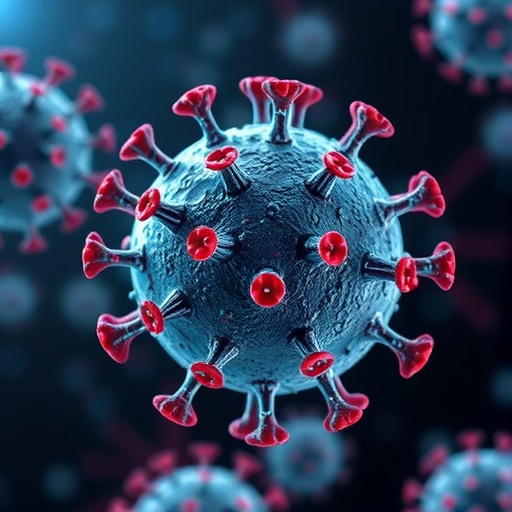(Boston)–Patients who have experienced a stroke as a result of blockages of the arteries in the brain have better outcomes with the use of balloon-guided catheter surgery as compared to having a conventional guided catheter procedure.
Clot retrieval is typically the treatment for large vessel occlusions (LVO), which are strokes that result from a blockage in one of the major arteries of the brain. Treatment options include use of a balloon-guided catheter or a conventional guided catheter.
Researchers from Boston University School of Medicine (BUSM), Mercy Health Neuroscience Institute of Toledo, University of Toledo and several other centers compared two groups of patients. In one group, patients experienced a LVO stroke and underwent treatment with a stent retriever (device used to unclog blood clots) with a balloon-guided catheter. During clot retrieval, the balloon on the guide catheter was temporarily inflated in the carotid artery to stop blood flow as the clot was being removed. In the second group, patients had a LVO stroke and underwent treatment with a stent retriever using a conventional guide catheter.
“When we compared both groups, patients who had balloon-guided catheter had better restoration of blood flow scores and better clinical outcomes,” explained corresponding author Thanh Nguyen, MD, associate professor of neurology at BUSM and director, Interventional Neuroradiology and Interventional Neurology at Boston Medical Center (BMC).
“Achieving complete or near complete blood flow is the goal to restore strength, language, coordination, reflexes and sensation to patients suffering from ischemic stroke,” said senior author Osama Zaidat, MD, who established the TRevo Acute Ischemic Stroke Thrombectomy (TRACK) Registry.
“Stopping arterial flow is an important step that can improve restoration of blood flow, reduce the number of blood clot emboli to a new area and potentially improve clinical outcome,” added co-author Mohamad Abdalkader, MD, assistant professor of radiology at BUSM and interventional neuroradiologist at BMC.
“Our study adds to the growing body of evidence that highlights the potential of balloon-guide catheters to improve stroke patient outcomes. Future studies are necessary to fully understand the role of this technology in a larger patient population,” said co-author Alicia Castonguay, PhD, assistant professor in the College of Medicine and Life Sciences at The University of Toledo.
This study builds on Nguyen, Zaidat and Castonguay’s prior seminal publication from the multicenter national North American Solitaire Acute Stroke (NASA) Registry demonstrating positive effect of balloon guide catheters in improving reperfusion and clinical outcome in patients with large vessel occlusion stroke published in the journal Stroke in 2014.
These findings appear in the Journal of NeuroInterventional Surgery.
###
Media Contact
Gina DiGravio
[email protected]
617-358-7838
http://dx.




